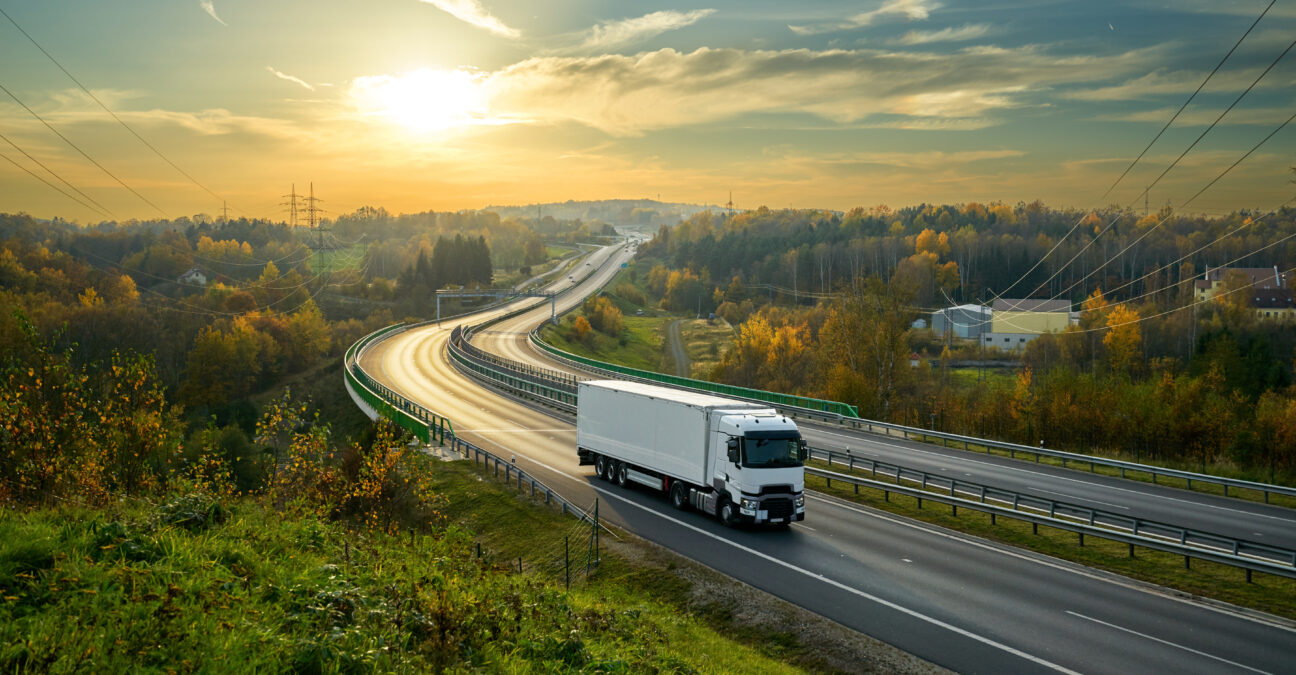Transport is now the main source of greenhouse gas emissions in France, and heavy goods vehicles are partly responsible for this. They account for a quarter of total emissions – 23% to be precise – from trucks, buses and coaches. The gradual switch to clean vehicles has already begun, but the offer remains confidential for the moment. The conversion of the existing fleet (retrofitting) therefore appears to be an essential path to follow in order to achieve the objective of carbon neutrality by 2050.
RETROFITTING, A SOLUTION TO ACCELERATE THE TRANSITION TO CLEANER FLEETS
The French Agency for Ecological Transition (Ademe) has compared three scenarios for heavy goods vehicles, which allow owners of these diesel vehicles to understand which path to take today.
For fleet managers such as the owners of one vehicle or a small handful of trucks/buses/cars, what should they do?
- Continue to use your vehicle;
- Sell it and buy a new electric vehicle;
- Choose to retrofit.
The conclusion is clear: “The study shows that electric retrofitting is a relevant solution for meeting air quality and climate issues by limiting greenhouse gas and pollutant emissions and automatically reducing the use of raw materials. This is logical, as retrofitting is a combination: the vehicle already produced is kept and made cleaner thanks to a new engine assembly. Especially when, in the case of heavy goods vehicles, it is possible to retrofit with fuel cells.
Retrofitting consists of removing certain mechanical components of a vehicle (engine, transmission, etc.) and replacing them with an electric drive train/propulsion system, in some cases with a hydrogen range extender (H2 tanks). The truck no longer runs on diesel, but on electricity and hydrogen.
For a 16 to 19 tonne truck, the retrofit reduces CO2 emissions by 87% compared to a diesel vehicle and by 37% compared to a new electric truck.
“With retrofitting, we can extend the life of a vehicle by immediately benefiting from a cleaner engine. It is a viable solution both environmentally and economically, by optimising the entire life cycle of heavy vehicles,” explains Vincent Lallemand, Deputy Managing Director of GCK Mobility, a specialist in the retrofitting of all types of vehicles, including heavy vehicles. The technology is now mature and we are, for example, developing solutions that retain many mechanical elements and result in a calibration of the new engine that does not change the driver’s behaviour or the vehicle’s capabilities in terms of range, speed or payload. In other words, the same level of performance and enjoyment !
RETROFITTING HEAVY GOODS VEHICLES IS NOW FINANCIALLY SUPPORTED
If retrofitting is relevant, it must also be financially attractive. Because even if the operation is profitable in the long term (by saving on fuel costs and extending the life of the vehicle concerned), the retrofit remains a major investment. It costs around €300,000 for a coach or a heavy goods vehicle, with a price scale depending on the volume and whether the model concerned has already been approved.
Financial aid is now distributed. Decree No. 2022-669 of 26 April 2022 made the conversion of a heavy vehicle with an internal combustion engine into a heavy vehicle with an electric engine eligible for the electric retrofit premium.
The amount of this premium can represent 40% of the cost of the vehicle’s conversion, up to a limit of €50,000 for a heavy goods vehicle in category N2 (3.5 t to 12 t) or N3 (12 t and over) and €30,000 for a bus or coach.
This retrofit aid was previously only offered for the retrofitting of light vehicles (private or commercial), or for projects involving two-, three- and four-wheeled motor vehicles. This proves that the public authorities are aware of the situation and can initiate a strong change.
As a reminder, as of 1 January 2021, the French vehicle fleet consisted of approximately 600,000 heavy goods vehicles and 94,000 buses and coaches in circulation. The European Commission is aiming to have 60,000 hydrogen-powered trucks on the road by 2030, with many commercial vehicle manufacturers currently developing prototypes to be marketed between 2025 and 2027. So close, yet so far away. In the meantime, and in order to accelerate the sector’s energy transition, retrofitting appears to be the answer. An immediate response, with some of the key players being in France!
